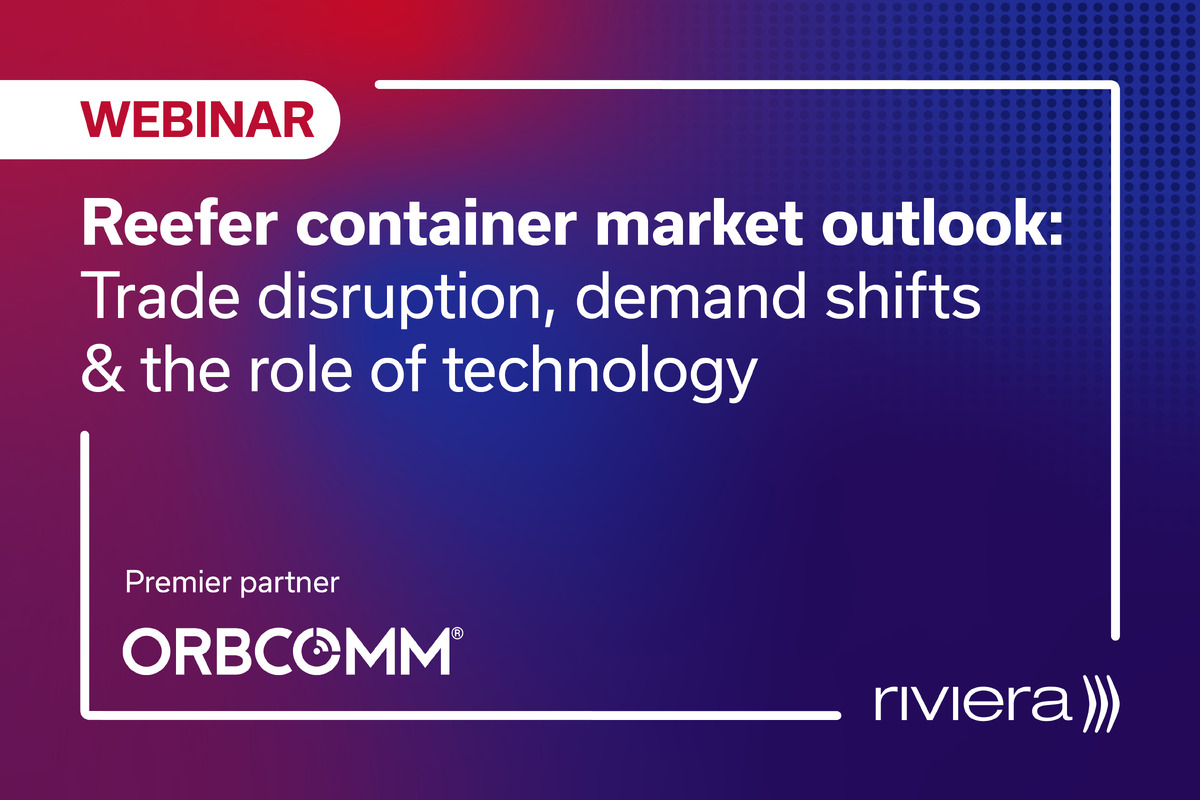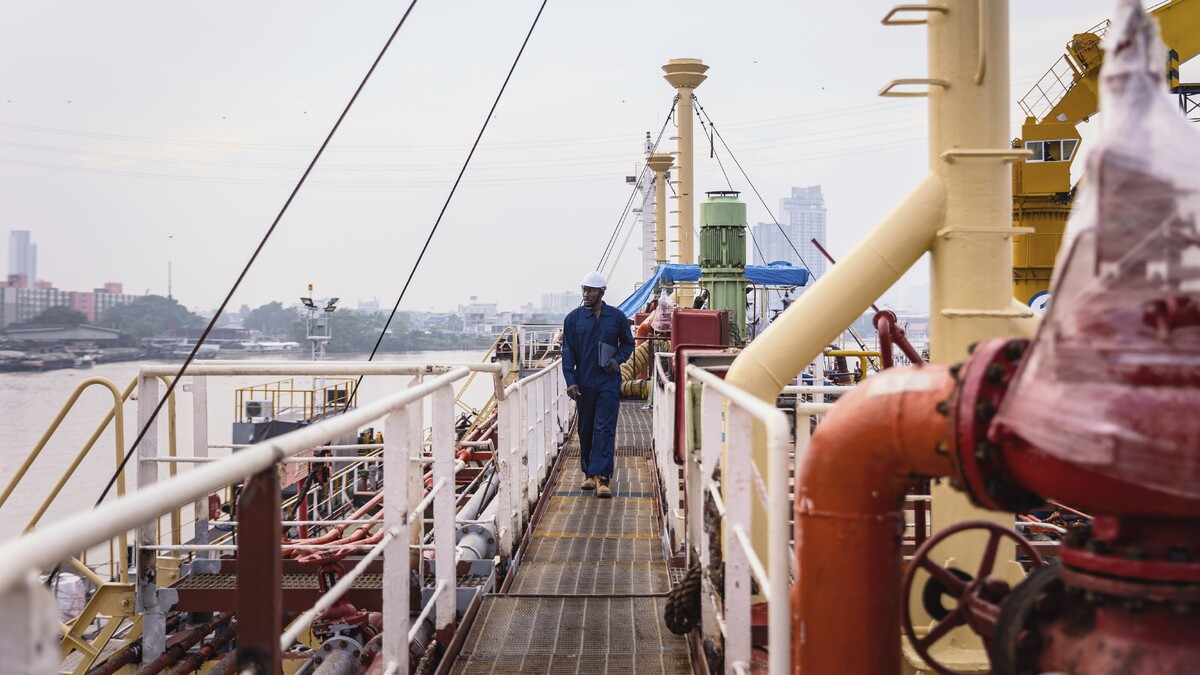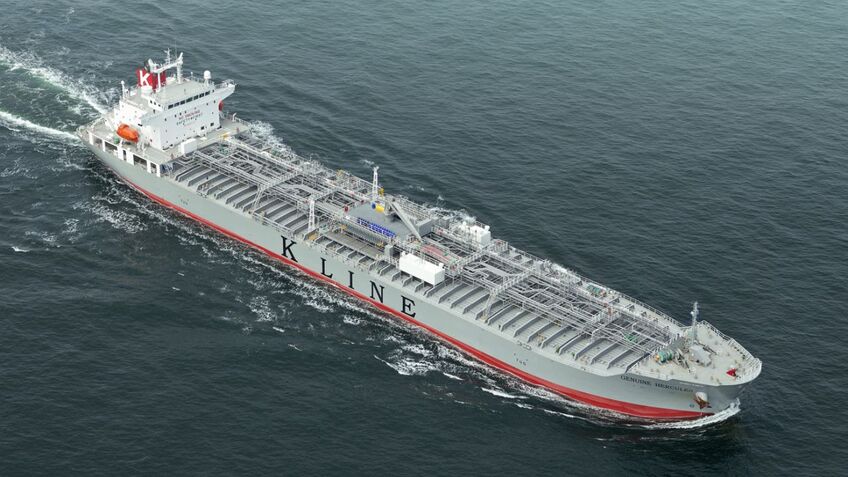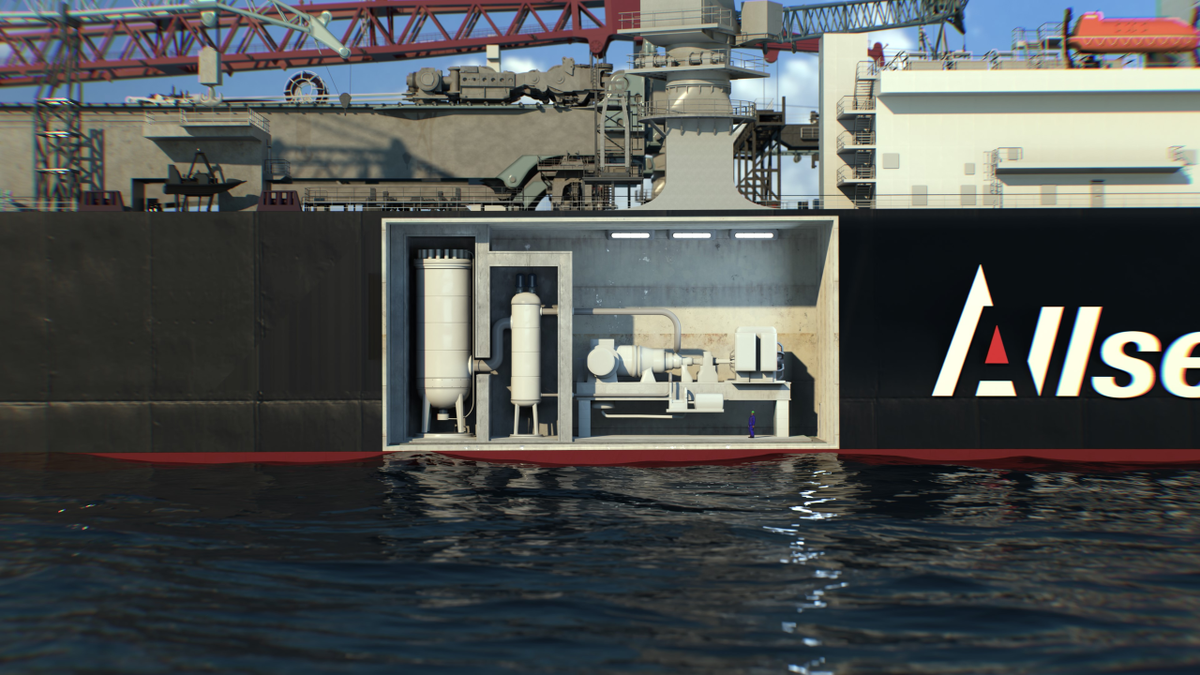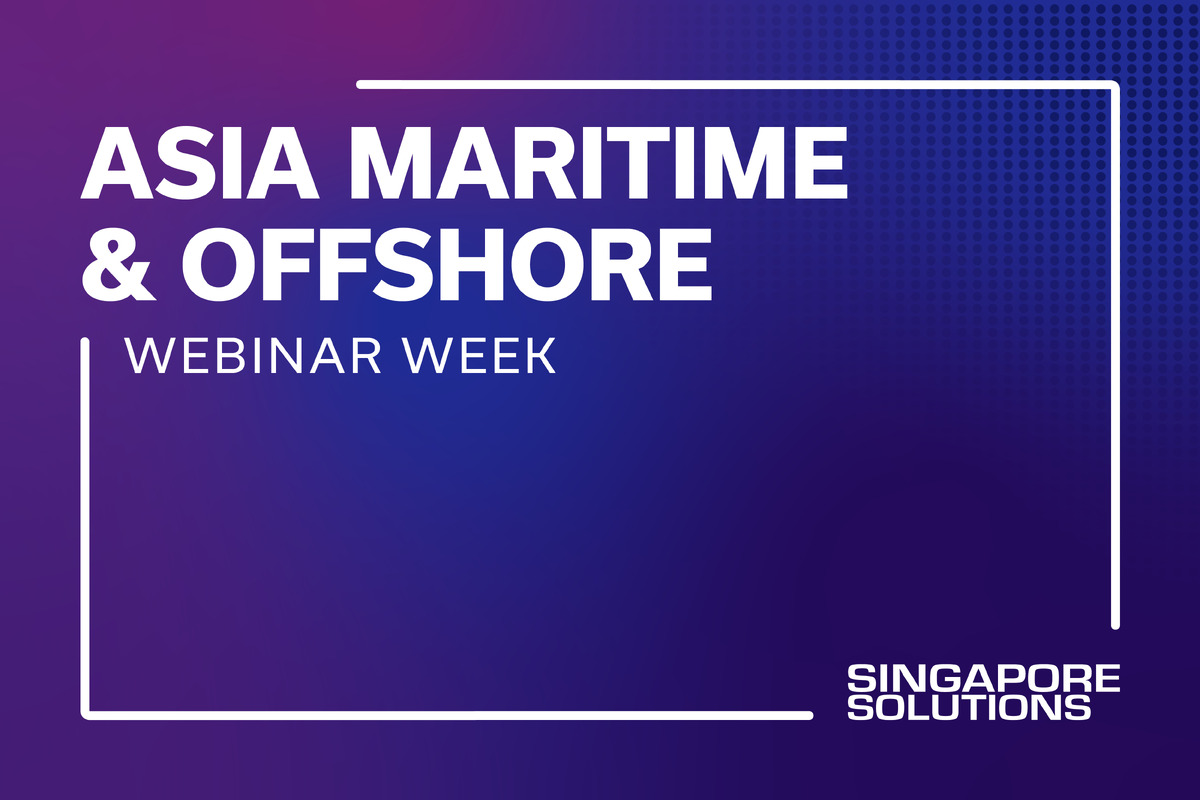Business Sectors
Contents
Maritime industry undergoes technological transformation
The adoption and application of a mix of technological solutions have to be up on the agenda of maritime and shipping companies, as the use of these tools is becoming a trend for the industry.
The view was heard on the second day of the Asian Marine Engineering Conference held in Singapore on Wednesday, where key themes surrounding big data and predictive maintenance were discussed.
ABS director Paul Walters made the point that it is not big data that is important, rather it is how that data is being analysed. Mr Walters said ABS is helping to crunch data for voyage recorder, AIS, ECDIS and the hope is to generate intelligence that can predict failures.
“Some vendors believe that in 10 years' time ship bridges will be solely focused on processing high-level data analysis to operate onboard systems for managing propulsion and navigation,” Mr Walters said.
SparkCognition maritime director Walter Mitchell said the maritime industry is typically slow to adopt new technologies and it certainly is the case for data analytics. “Machine learning, digitalisation are some of the buzz words of today. But what is cognitive analytics? People are still trying to understand this. It is a critical component that makes use of data to reduce unplanned out of service time or the capability to predict failure,” Mr Mitchell explained.
Apart from cognitive analytics, there is also a range of technologies that the maritime sector can embrace, according to Blue Ocean Solutions chief executive Dr Jerry Ng.
Blockchain technology, for instance, has crept into the maritime scene with the use of it by major shipowners such as Maersk Line, MOL, NYK, K-Line, and Hyundai Merchant Marine. Blockchain has also been applied in marine insurance and a wider application for this encrypted technology will happen, Dr Ng predicted.
He added that advanced automation and robotics are crucial components for a ship to be intelligent, so are augmented reality and the Internet of Things. An emerging technology is an expert system and predictive intelligence, which can raise alerts on likely problems and offer diagnosis and preventive measures, similar to cognitive analytics. This technology is not yet widely applied in maritime but it is a “very powerful tool” and especially helpful for engineers, according to Dr Ng.
Caterpillar Marine Asset Intelligence fleet advisor Michael Tan said the group is furthering its development of augmented reality across its different business verticals including maritime.
Amid all these technologies available for the maritime industry, the near future to 2020 could see the introduction of quantum computing that will help to increase the speed of technological changes, according to DNV GL – Maritime regional business development director Lukasz Luwanski.
Mr Luwanski pointed out that it would be wise for maritime companies to start going digital today if they wish to stay ahead of the game.
Dr Ng of Blue Ocean Solutions said “Digitalisation is not a tool but a trend.”
Related to this Story
Safe Bulkers reports improved carbon intensity and eyes 'green' technologies
Events
Reefer container market outlook: Trade disruption, demand shifts & the role of technology
Asia Maritime & Offshore Webinar Week 2025
Marine Lubricants Webinar Week 2025
CO2 Shipping & Terminals Conference 2025
© 2024 Riviera Maritime Media Ltd.
